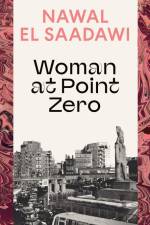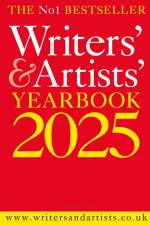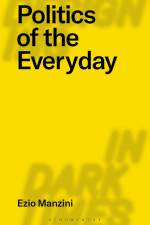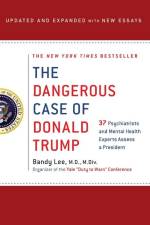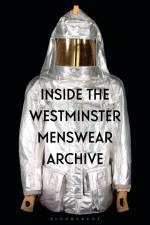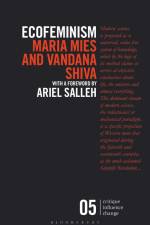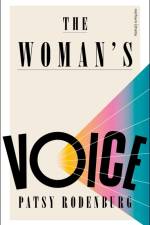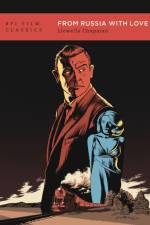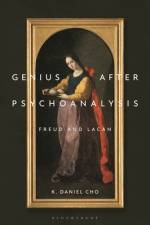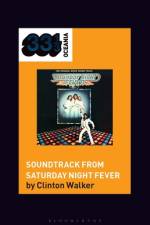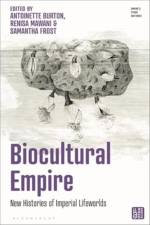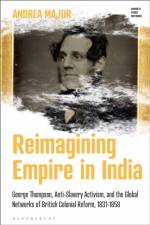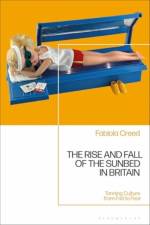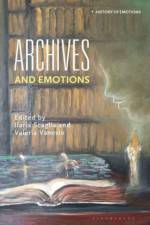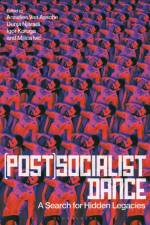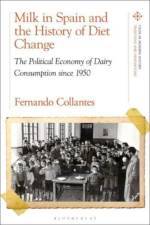- A Search for Hidden Legacies
1 381
This book sets out to search for the Second World - the (post)socialist context - in dance studies and examines the way it appears and reappears in today's globalized world. It traces hidden and invisibilized legacies over the span of one century, probing questions that can make viewers, artists, and scholars uncomfortable regarding dance histories, memories, circulations and production modes in and around the (post)socialist world. Our understanding of 'dance' is broad and inclusive. The contributions delve into a variety of dance practices (folk, traditional, ballet, modern, contemporary), modes of dance production (institutionalization processes, festival-making and market logics), and dance circulations (between centres and peripheries, between different genres and styles). The main focus is Eastern Europe (including Russia) but the book also addresses Cuba and China. The hope is for theoretical developments engendered by this focus on the Second World to be useful when applied to regions outside the book's scope. Its chapters span a range of lesser-known historical examples from the arts of Yugoslav regions (Magazinovic, Davico and The Legend of Ohrid) to Cuban postrevolutionary artists (Burdsall) and Mongolian Wulmanuqi troupes. The book's historical examples make the reader aware, too, of the (post)socialist bodies' influence in today's dance, including in contemporary dance scenes.The (post)socialist context promises to be a prosperous laboratory to explore uncomfortable questions of legitimacy. Whose choreographic work is staged as a 'quality' dance production? Which dance practices are worthy of scholarly study? Which practices are 'valuable enough' for decent archiving and institutionalization? What are the limits of dance studies' understanding of what dance is (and what it should be)? In view of reclaiming the Second World through dance, this book thus probes questions that should be asked today but are not easy to answer. We set out to explore questions that dance practitioners, facilitators, critics, and researchers, including ourselves, are often not at ease with either. In raising and discussing these, we intend to restore the role and meaning of dance and to offer necessary utopias for those living in a world torn by multiple crises. Through seeking to answer these questions, the cracks of dance history begin to be sealed, and neglected dance practices are written back into history, provided with the academic recognition that they deserve.

